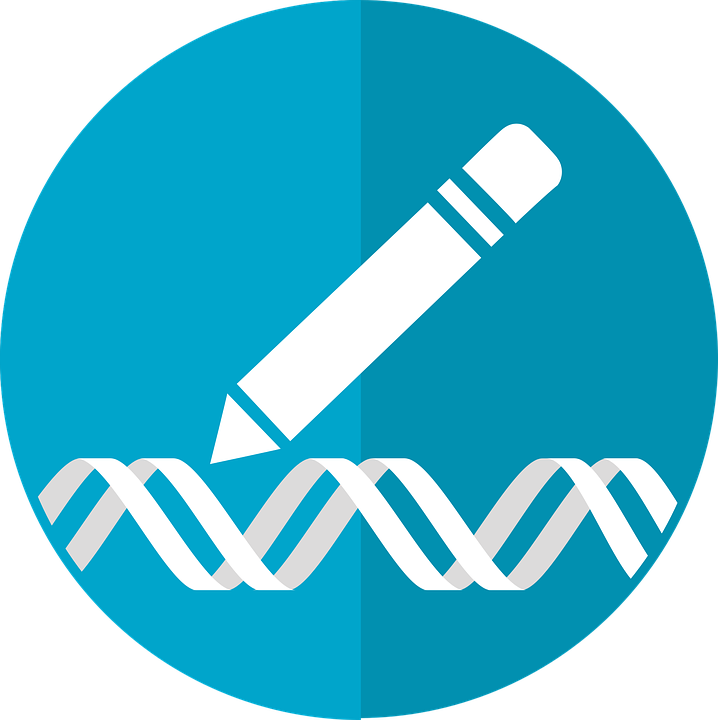Scientists create genetic ‘pen’ that corrects common heart conditions
By Manuel Ansede,
El País
| 01. 15. 2023
The gene editing techniques that have revolutionized medicine since 2016 could also be used to treat common heart diseases, the number one cause of death in humans, according to a study published recently by one of the world’s leading scientists, Eric Olson, from the US. His team was able to modify two letters – or bases – of the approximately 3 billion that make up the DNA of a mouse. This change was enough to silence a protein linked to multiple cardiovascular problems. Olson is cautious, but highlights the potential advantages of this new strategy: since heart cells last a lifetime, it is only a matter of making the change once.
DNA is like a recipe book for making proteins, the minuscule machines that take care of the main tasks in a living being: carrying oxygen through the blood, fighting viruses, digesting food. That manual is written with four letters, repeated millions of times: ATGGCGAGTTGC… each of these letters is the initial of a chemical compound with different amounts of carbon, hydrogen, nitrogen and oxygen: adenine (C₅H₅N₅), cytosine (C₄H₅N₃O)...
Related Articles
By Jonathan Matthews, GMWatch | 12.11.2025
In our first article in this series, we investigated the dark PR tactics that have accompanied Colossal Bioscience’s de-extinction disinformation campaign, in which transgenic cloned grey wolves have been showcased to the world as resurrected dire wolves – a...
By Jenny Lange, BioNews | 12.01.2025
A UK toddler with a rare genetic condition was the first person to receive a new gene therapy that appears to halt disease progression.
Oliver, now three years old, has Hunter syndrome, an inherited genetic disorder that leads to physical...
By Simar Bajaj, The New York Times | 11.27.2025
A common cold was enough to kill Cora Oakley.
Born in Morristown, N.J., with virtually no immune system, Cora was diagnosed with severe combined immunodeficiency, a rare genetic condition that leaves the body without key white blood cells.
It’s better...
By Rachel Hall, The Guardian | 11.30.2025
Couples are needlessly going through IVF because male infertility is under-researched, with the NHS too often failing to diagnose treatable causes, leading experts have said.
Poor understanding among GPs and a lack of specialists and NHS testing means male infertility...




